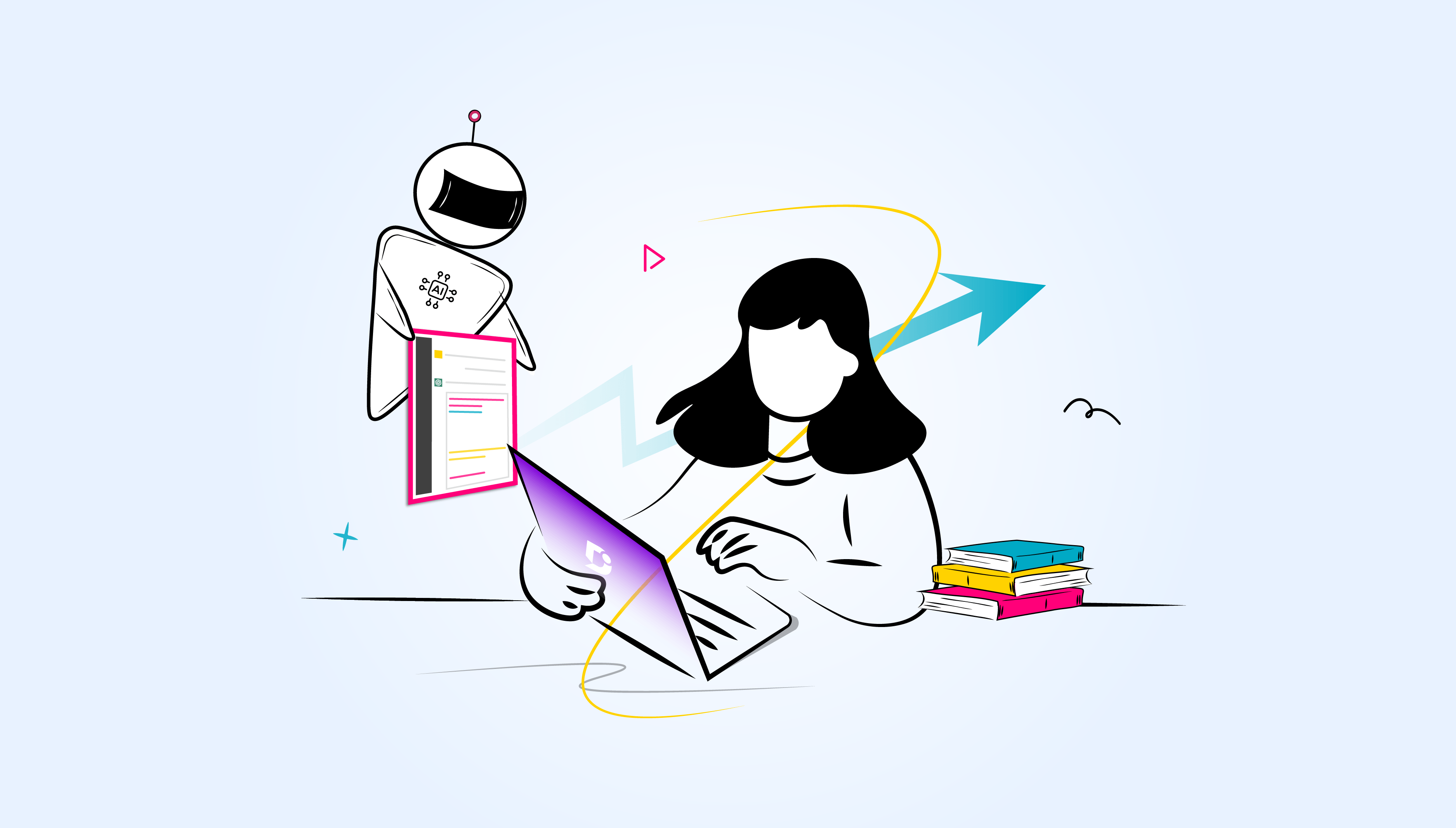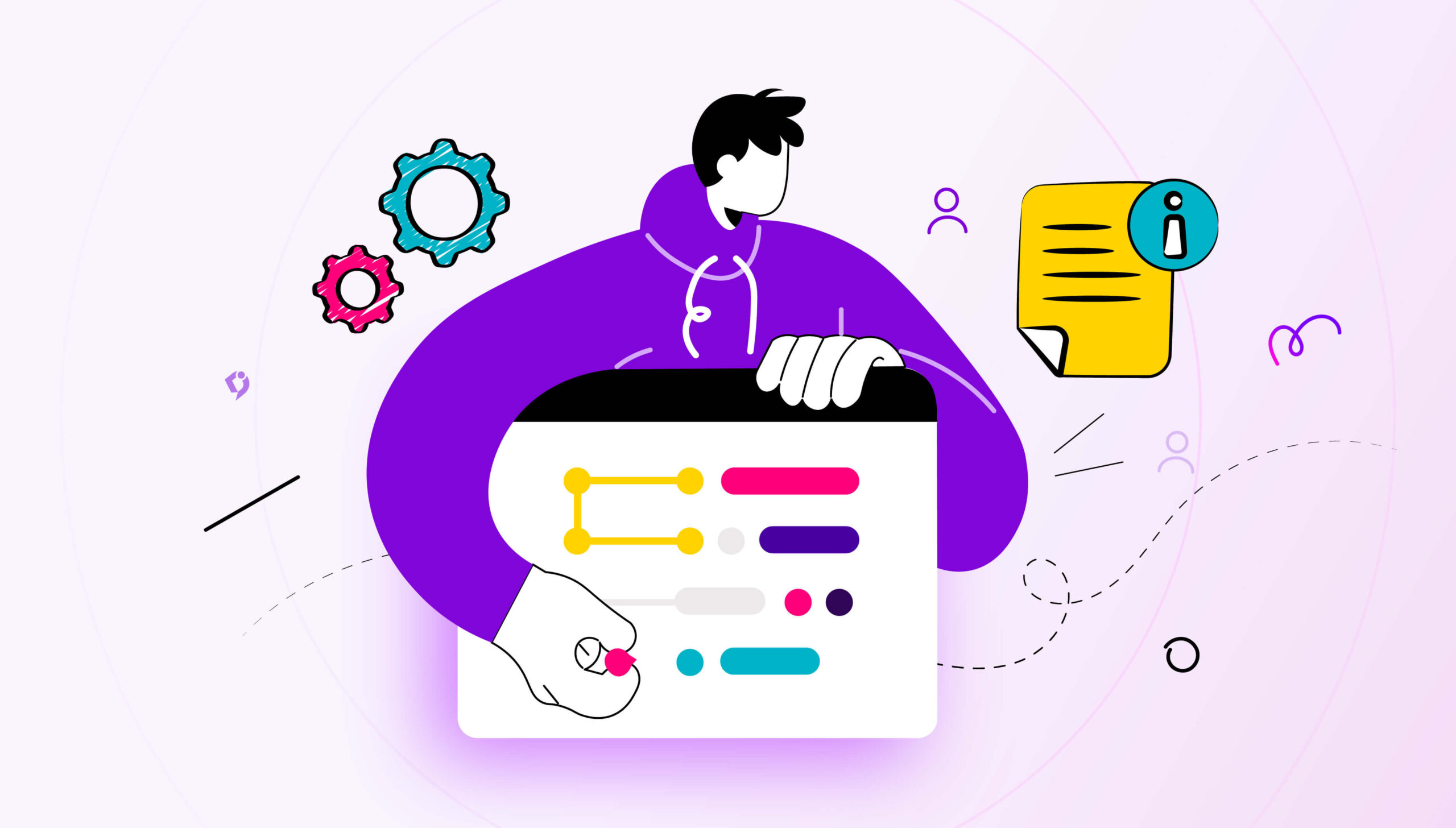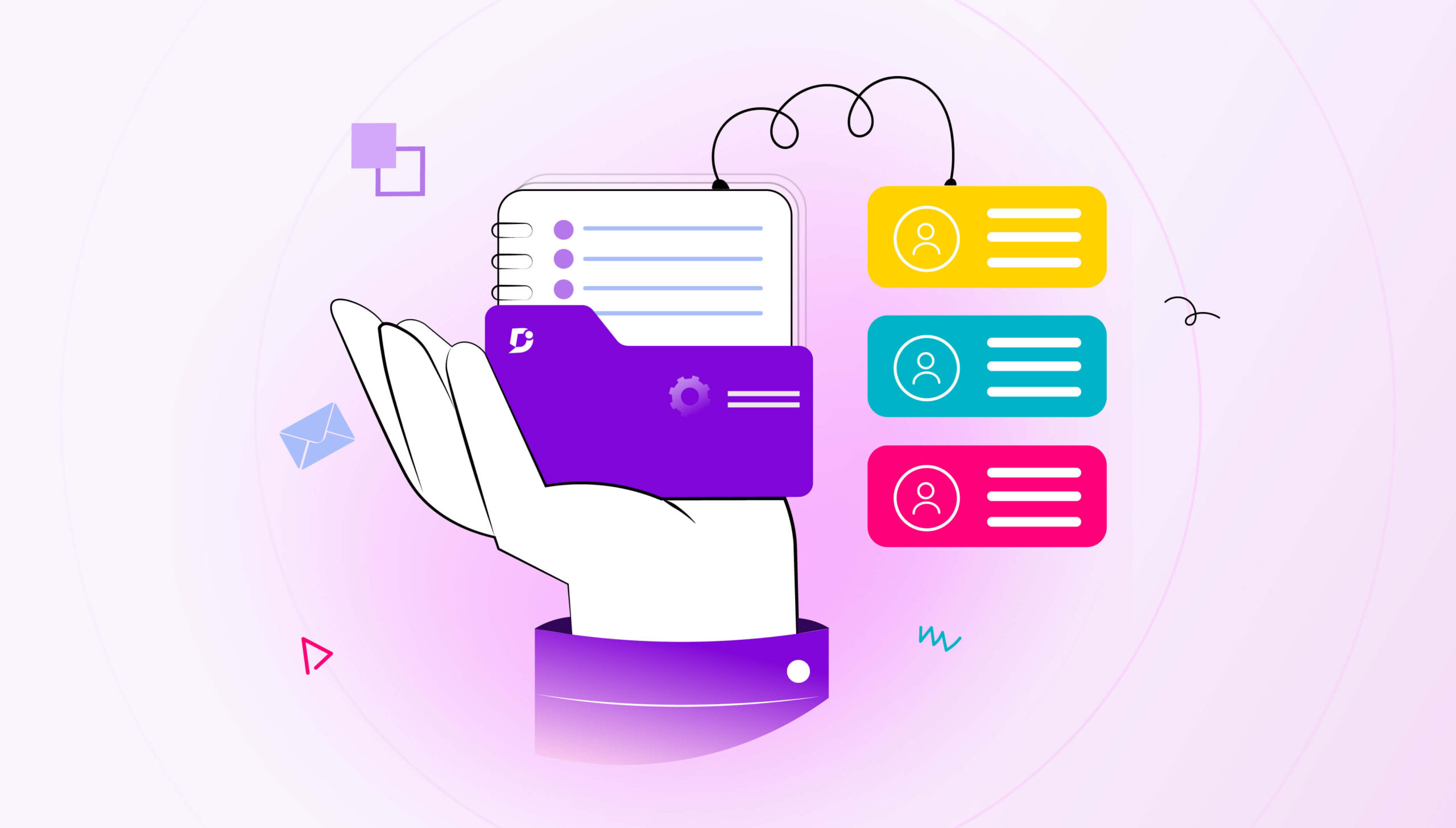GenAI, or generative AI, has many applications outside of writing, such as developing products and designing new drugs. Still, technical writers might be interested in using its capabilities to enhance their work. Technical writers typically work closely with technology, and utilizing yet another tool in their arsenal will enable them to achieve a level of output that might not otherwise be possible.
Being able to automate typical mundane writing tasks has huge possibilities for forward-thinking technical writers, although we must exercise caution with our excitement. GenAI is easier to use than ever (although it has been around since the 1960s in the form of chatbots), but technical writers must ensure accuracy and quality in their content.
Technical writers can use their skills to work closely with these newly productive technologies to enhance content creation and speed up the completion of projects. Technical writers may also wish to use GenAI to automatically produce mundane pieces of content such as product descriptions and warning labels.
What is GenAI?
It’s highly likely you will have heard of GenAI, such as ChatGPT, but other examples include Dall-E and Google Bard. To understand how GenAI works, you need to know about the concept of a prompt – inputting a command into the GenAI interface, such as text, which the system then processes to produce an output.
ChatGPT is a Large Language Model (LLM) developed by OpenAI with a highly simple user interface that anyone can use to submit prompts (instead of using an API, which was required by previous iterations of this type of technology). You could ask ChatGPT to “Tell me how to debug the code to solve the given error.”
AI algorithms then return solutions to the user, based on analyzing and indexing large datasets to provide a convincingly human response. This means that technical writers could feasibly have the bare bones of a documentation project and use a GenAI tool such as ChatGPT to write the content for them.
ChatGPT currently has more than 100 million users, with 1.6 billion visits in June 2023.
The Evolution of Technical Writing
The development of GenAI technology in recent years has augmented a shift in the landscape of technical writing. More sophisticated tools such as ChatGPT allow technical writers to generate creative content automatically, which is a departure from previous AI systems.
Technical writers are valued for their domain-specific knowledge and their highly developed writing capabilities, so they are the perfect overseers of this particular kind of Artificial Intelligence.It takes a trained professional to use a tool like ChatGPT to write technical content successfully; otherwise, there would be no way of verifying the accuracy of the output.
Technical writers who are comfortable with the Large Language Models of GenAI will become professionals with AI capabilities. This is likely to create further respect for the role of the technical writer in creating products because they will become masters of the technologies as well as proficient in communication.
Also, Check out our article on ChatGPT for technical writing
How GenAI Enhances the Technical Writer’s Capabilities
Consider using GenAI to enhance your technical writing capabilities in several ways.
Generating Ideas and Prompts
Technical writers embarking on a new project may wish to inspire the creative process through using GenAI to generate ideas and prompts. For example, you could ask ChatGPT to list 10 documentation benefits, which it will then do much faster than any human could. The same could be done for technical writing – ask the GenAI to create an outline for a new documentation article.
Improved Grammar and Syntax
GenAI can help you with the grammar and syntax for your technical writing. Since GenAI has been trained on huge datasets, it has achieved a human-like proficiency with language, although admittedly still somewhat robotic. Technical writers may already be used to tools like Grammarly and Hemingway helping with their writing, and GenAI can perform the same function.
Spelling and Proofreading
Similarly, GenAI can operate as a highly effective spell checker and proofreader, which is important for technical writers creating high-quality content. Errors reduce the trust in the quality of your content and may even render it incomprehensible, so using GenAI in this way improves quality. Since GenAI automatically checks the content, it can catch more mistakes than human proofreaders could.
Content Optimization
Optimizing your content for both search and usability is possible using a tool such as ChatGPT. If you’re trying to optimize your content for SEO, ChatGPT can provide you with related keywords, metadata, and descriptions. Optimizing content for users could involve helping you to write in a more concise way and eliminate unnecessary words and phrases. In this way, GenAI makes your content, more accessible which is essential when it comes to user-focused help content.
Generating Code and Technical Documentation
ChatGPT is well-known for being able to generate code and can even produce the basics of technical documentation for you. Since the GenAI is not sentient, the input of a human user will always be required to oversee the output of the tool, but it can certainly speed up the process of needing to write code samples and document them. You can even use GenAI to check and debug your code for errors, saving you valuable time when producing the documentation.
Personalized Content
You can use GenAI to create more personalized content for users by curating the tone, style and sentiment of the text to appeal to specific groups of users. GenAI can sense the peculiarities of language to some extent and generate text that matches the requirements of a particular audience, so you could submit your own documentation as a prompt and ask GenAI to tailor it for you. Many users find the text produced by tools such as ChatGPT eerily human-like, adding to its popularity.
Cross-Cultural Communication
You can use a tool such as ChatGPT to facilitate cross-cultural communication by utilizing its native translation capabilities, which you can use to translate text in real time. This means your technical content can easily be aimed at multiple audiences speaking different languages without the need to hire a professional translator. Multilingual documentation helps make your product more accessible globally.
Collaborative Writing
When generating the prompts for GenAI tools, you can gather the input of other stakeholders and departments to create content that is more collaborative. As long as you are cognitive of the specific requirements, content generated by GenAI meets multiple goals and can be iterated over time.
Schedule a demo with one of our experts to take a deeper dive into Document360
Book A Demo
Also read: Top 11 Tips for Technical Writing
Key advantages of GenAI
Here are the main advantages of using GenAI to improve your technical writing.
Improved Content Generation
First and foremost, content generation will be better with GenAI because you are using the power of Artificial Intelligence to analyze large datasets to inform your text. This is far wider research than any human technical writer would be capable of in a reasonable timeframe, as long as the technical writer has the skills and expertise to sense-check the final document.
Faster Document Production
You will be able to produce your documentation much faster using GenAI, since available tools can help you create a sample text with only a few simple prompts. Once the technical writer has learned how to effectively use GenAI, such as ChatGPT, building an initial document is a much faster process than assembling your text by hand. Using GenAI to proofread and optimize saves a lot of time because these processes can be automated.
Time and Cost Savings
Replacing manual labor with technology inevitably has significant time and cost-savings, once you have recouped the initial investment. GenAI can perform the work of many technical writers in terms of the scope of its abilities in researching and presenting content. Learning a tool like ChatGPT is also relatively simple due to its intuitive user interface, which is an improvement on previous iterations using APIs for access.
Enhanced Consistency
You can use GenAI to format for consistency in your documentation without manually changing your content. You can ask a tool such as ChatGPT to standardize your text and ensure you speak with one voice. GenAI will be able to review your documents much more rigorously than you could yourself, or enlisting the help of a third party.
Multilingual Capabilities
As we’ve already mentioned, GenAI can come in-built with multilingual capabilities, helping your content to reach a wider audience. It’s still advisable to employ a professional translator to review the content, but GenAI does much of the heavy lifting. GenAI works best when translating from English to other languages.
24/7 Availability
Unlike human workers, GenAI is always available for your needs. It never gets tired, and is capable of creating large amounts of text almost instantly. For technical writers who can use GenAI effectively, it’s like having a highly productive assistant to support your content creation efforts, and even achieve feats that are out of reach for humans.
Also, Check out: Must Attend Technical Writing Conferences of 2024
Limitations of GenAI
Although GenAI has huge potential, we’re now going to consider some of the limitations of using this type of new technology.
Quality and Coherence
As with all automatically generated content, technical writers are burdened with checking the output for quality and coherence. There is no guarantee that the documentation you produce with GenAI actually makes sense or is factually accurate, since the machine is totally reliant on the data that it has been given. It is best used as a starting point which expert technical writers can then use to mold to their own ends.
Bias and Fairness
GenAI models can absorb the bias and unfairness of the data they are trained on, which can then be reflected in your content. GenAI has no ethical judgment, so it can’t tell whether content is racist, sexist, and so on. In 2016, Microsoft had to halt its chatbot Tay after it began posting abusive messages on Twitter, and GenAI is also prone to hallucinations.
Control and Fine-Tuning
In order to produce the right documentation, GenAI needs to have been trained on the right datasets which are not necessarily up-to-date or accurate. Control and fine-tuning is required to ensure that the system generates the proper output, and is not necessarily achievable on the first try – or even the second.
Lack of Creativity
Although the results of GenAI are very impressive, it lacks the capability for true creativity. It’s reliant on your technical writers to input the prompts in order to generate the right text, and if the prompts are wrong then your content won’t hit the mark. GenAI also has the tendency to sound slightly robotic since it can’t achieve the nuances of language that define the content of human writers.
Resource Intensiveness
At the moment, GenAI requires large amounts of computational power to generate images and this could be limiting for technical writing purposes. Thorough and accurate documentation is necessarily comprehensive and this places a burden on your resources that can be hard to overcome.
Data Privacy and Security
Data privacy and security are big concerns when it comes to any technology but especially GenAI. It’s critical to ensure you have permission to use the data involved in GenAI processes and that the data is protected, and that you comply with regulatory requirements.
Legal and Ethical Issues
Whether or not GenAI should be used in creating content is a matter for the law and ethics. GenAI tools do not attribute the source of their content, and users may also be expecting documentation that humans have written.Since content should ideally be sourced and attributed to its original authors, GenAI presents problems in this context.
Human Verification and Oversight
It’s not possible to create automated content with GenAI and immediately release it as a final output. Each textual document that you create must be closely vetted and overseen by technical writers who have domain-specific expertise. You cannot simply outsource the task of creating content to machines without the contribution of human experts.
Also, Check out: What are the responsibilities for technical writers in the GenAI era?
Conclusion
GenAI presents huge opportunities for technical writing practitioners who want to advance their capabilities. Tools such as ChatGPT can support technical writing activities, helping to create faster, more collaborative content, translate text, and more. Although content needs to be rigorously checked and verified, GenAI can help you create outlines and conduct research, saving companies valuable time and money.
Technical writers who can learn the prompts to train the AI and iteratively create content gain an edge over their rivals. It’s likely that the power of GenAI is only going to improve as companies scramble to keep pace with developments. Technical writers with GenAI skills can remain competitive in the job market and even apply for job roles that haven’t previously existed.
Technical writers and technology are natural allies so it makes sense for them to embrace this exciting new tool. It’s likely than GenAI may become a new standard so technical writers can benefit from investigating further.




 –
– 

